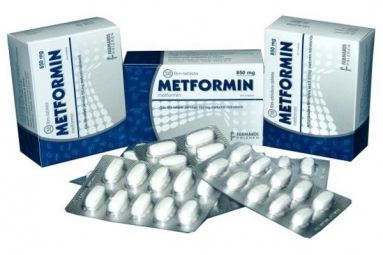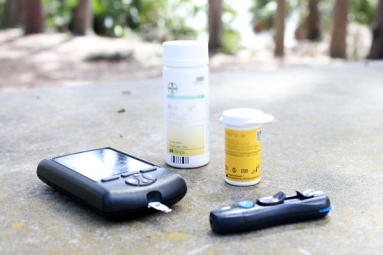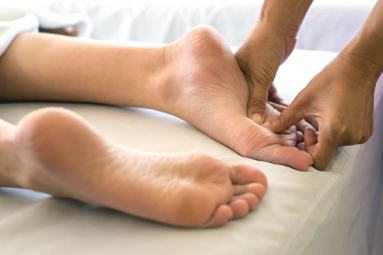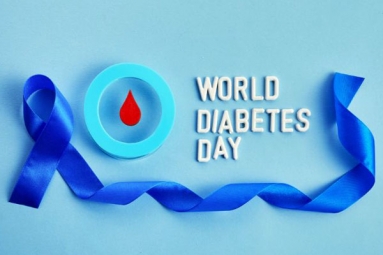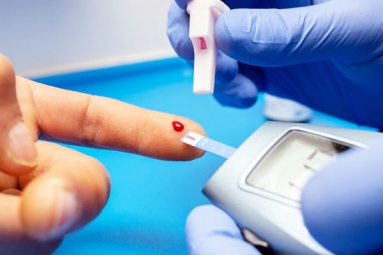
Drinking a cup of coffee might have downsides but it also holds untold benefits. A new study found that a cup of coffee helps in fighting obesity and diabetes as it stimulates the body's fat-fighting defenses.
Published in Scientific Reports Journal, the researchers who led the study found components in coffee that could have a direct impact on brown fat functions.
Brown fat is an important organ of the human body, present in quite small amounts, which plays a key role in how speedily we can burn calories as energy.
Brown Adipose Tissue (BAT), also known as brown fat, is one of two types of fat found in humans and other mammals. Its main function is to generate body heat by burning calories (as opposed to white fat, which is an outcome of storing excess calories).People with a lower Body Mass Index (BMI) thus have a higher amount of brown fat.
"Brown fat works in a different way to other fat in your body and produces heat by burning sugar and fat, often in response to cold. Increasing its activity improves blood sugar control as well as improving blood lipid levels and the extra calories burnt help with weight loss," said study's co-director Michael Symonds, Professor at the University of Nottingham.
"This is the first study in humans to show that something like a cup of coffee can have a direct effect on our brown fat functions. The potential implications of our results are pretty big, as obesity is a major health concern for society and we also have a growing diabetes epidemic and brown fat could potentially be part of the solution in tackling them," he noted.
For the study, the researchers started with a series of stem cell studies to see if caffeine would stimulate brown fat. After finding the right dose, they then moved on to humans to see if the results were similar.
The researchers used a thermal imaging technique to trace the body's brown fat reserves. The non-invasive technique helps the team to ascertain brown fat and assess its capacity to produce heat.
"From our previous work, we knew that brown fat is mainly located in the neck region, so we were able to image someone straight after they had a drink to see if the brown fat got hotter," he said.
"The results were positive and we now need to ascertain that caffeine as one of the ingredients in the coffee is acting as the stimulus or if there's another component helping with the activation of brown fat. We are currently looking at caffeine supplements to test whether the effect is similar," Symonds added.
"Once we have confirmed which component is responsible for this, it could potentially be used as part of a weight management regime or as part of glucose regulation programto help prevent diabetes," he concluded.
By Sowmya Sangam




